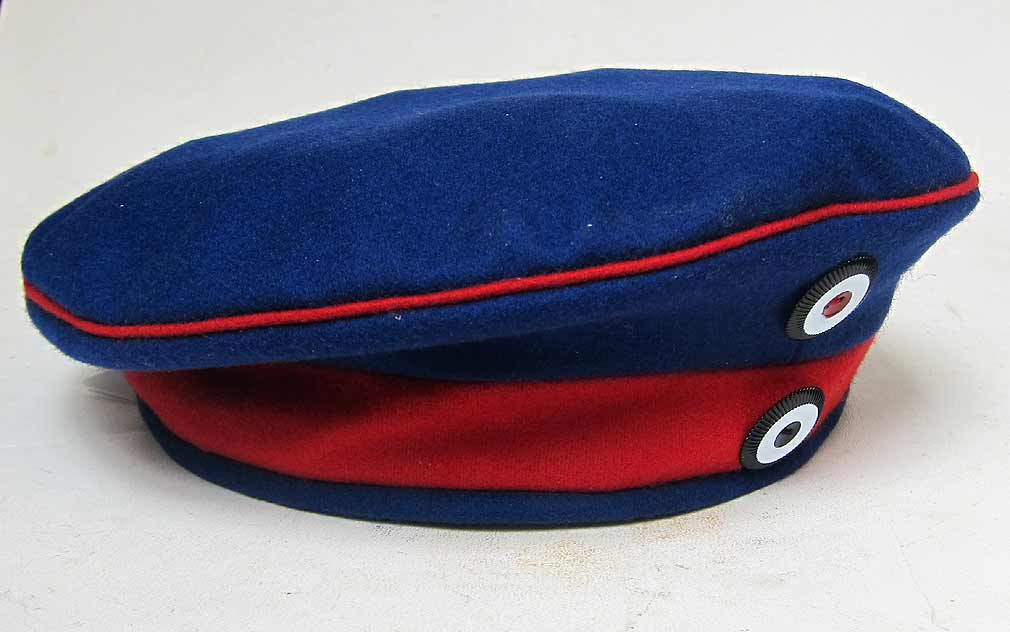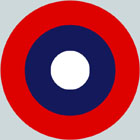I was going through some note I took while reading the series and there are a few "canon" elements that can be said about uniforms in Timeline-191 as well as some extrapolations for Great War era uniforms:
THE GREAT WAR
CSA
ARMY
- a statement is made that what the confederate call "butternut" is identical to british "khaki" so any OTL british imperial forces (australia, canada, uk, et...) repro uniform could probably work as a good base for cosplay.
- officer wore visored cap with branch piping (red=artillery, pale blue=infantry, yellow=artillery). no mention is made of the design so this could be one similar to OTL british/USA or French. sloping ones similar to civil war era caps are possible but you would assume fashion would have evolved.
- No mention is made of cap badges so they might follow british useage and have regimental insignias, follow french useage and have a branch emblem or plain regimental number or else they could all bear a national emblem of some sort
- officers wear their insignias on their collar (and appear to be identical to OTL CSA ones) on branch-coloured tabs. A late war uniform with an open collar might have the tabs vertically on the lapels.
- cavalrymen, at least at the begining of the war, wore plumed hats with a yellow cord. officers have yellow trim on their uniforms and wear high, tight boots.
NAVY
- one passage have them wear white. This probably means that they wear the same general type of uniform most navies of the world. One possibility is that their winter uniform is not dark blue but dark grey, just like the CSA navy OTL.
- Officers' ranks are indicated by stars on their shoulder straps and stripes around the cuffs. The 2 rank insignias described do not fit either with the british or CSA system OTL but rather the stripes follow the US progression and the shoulder straps insignias might have been inspired by the cap badges worn by confederate navy officers OTL but with the anchor.
KENTUCKY STATE POLICE
- wear plumed (peacock) hats but with different coloured cords then cavalrymen
MUNICIPAL POLICE
- uniforms appear to be similar to british bobbies of the era (including the pith helmet) but in grey.
USA
ARMY
- uniform are green-grey, more then likely meant to be the same as german felgrau.
- are said to wear a forage cap. The term means various style but considering the german influence in their fashion, more then likely means the "pork pie" type
- have branch pipping on their headgear which appear to same as the CSA.
- despite the german appearance of their uniform, the US army has retained its traditional rank insigias (i.e. the one used nowaday OTL).
- they wear puttees and breeches.
MARINE
- uniform appears to be the same as the army in term of cut but the colour is forest green.
NAVY
- seems to be the same as OTL which would make sense considering it was not that different at the time to the german one.
CANADA
ARMY
- ATL during the Great War, canadian planes are said to bear maple leaf roundels and the provincial flag of Quebec was already the fleurdelyse before it became a republic. Since OTL these were both introduced after World War 2, this could indicate that a number of local symbols and elements of visual identity were adopted earlier then OTL. This could mean for example a more unified look to uniforms.
- Just before the US invasion of Canada, a canadian lieutenant is said to wear a "single pip on his shoulder board" which is consistant with british-style pre-unification canadian army (post-unification, he would have worn a single bar instead). Although the pip is more then likely meant to be the order of the bath one, it could be one of a number of pips later proposed or even plain ones
INTERWAR AND WORLD WAR 2
CSA
FREEDOM PARTY
- In the interwar period, the uniform first used by Freedom Party guards is repeatedly described as "like the army but different" which could mean a slightly different cut or different accessory and badges. At point, it appears that the guards changed to a grey uniform. unlike they OTL counterpart (SS) they wear the same insignias as the army altough with english calque of SS rank names.
Stalwarts appear to have simply worn white shirts and butternut slacks. Unlike the SA, no rank insignias are mention although considering the FP Guards wear army style insignias, if they were to wear rank insignias, it would probably be the same for them. One would assume they also wore they party pin since a passage between a stalwart organiser and a local member mention that the design worn by members who joined after the Freedom Party taking over was different.
On the note of the party badge, no description is given save that the ones worn by later members has a black border, the same as nazi party pins OTL. This could mean that they are enamel pins with a circular version of the Freedom Party flag (reversed battle flag) surrounded by the party name.
ARMY
- would seem to be more or less the OTL WW2 british uniform with the same difference as mentioned above.
USA
ARMY
- uniform still green-grey but one assume the cut has evolved to follow fashion. I get the feeling that an integral WW2 german army uniform but with all the patches and decoration replaced with OTL US ones was what Turtledove had in mind. A US flag patch with a reduced number of stars would be a good replacement for the reichsaddler worn on the upper arms by members of the heer.
QUEBEC
ARMY
- uniforms are described as identical to US ones but in blue-gray cloth. no insignias are mentioned though it is doubtfull they would follow the US system as historically, few countries have done so and then only partially (mainly enlisted ranks). They might have simply chosen a fairly straightforward system as new countries tend to do (i.e. 1-3 bars on a plain collar tab then 1-3 bars on a collar tab with pipping, etc....)
Although it would be anachronistic, something based on modern Quebec law enforcement insignias wouldn't look too much out of place.
MEXICO
ARMY
- Uniforms appear to be similar to CSA ones but more yellowish




